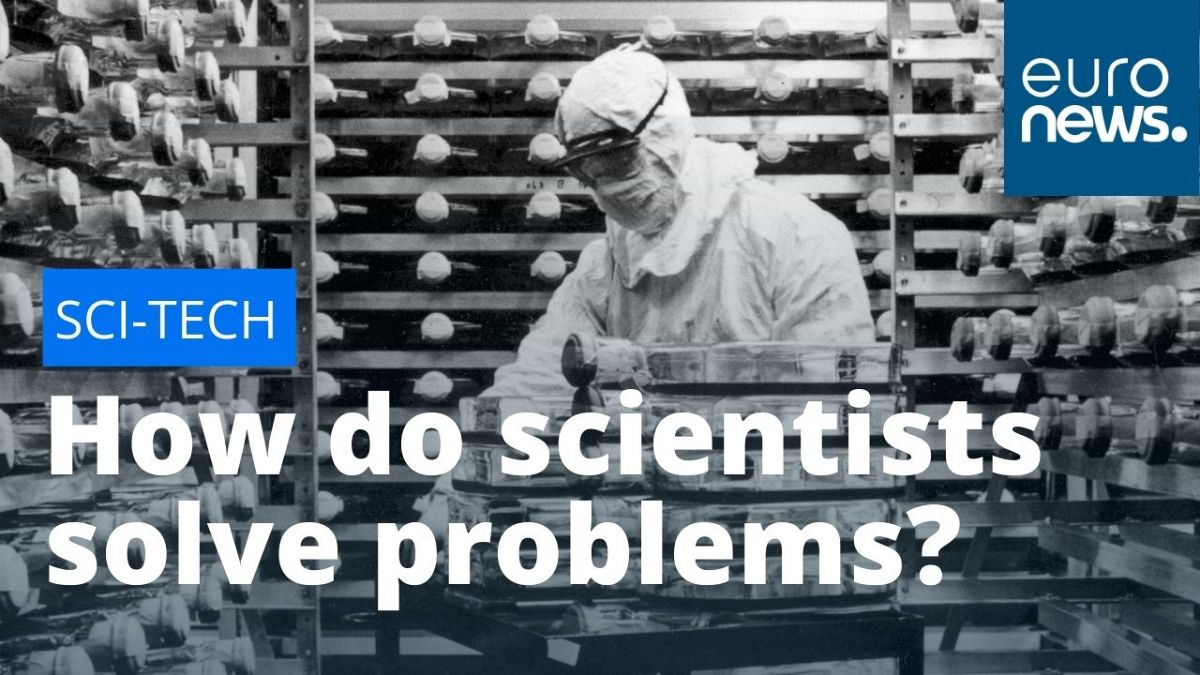If science was supposed to help us separate fact from fiction, why is scientific advice from experts constantly shifting when the world needs certainty the most?
Michael Ryan, chief of WHO's emergency response programme, said back in March that the organisation does not "generally recommend the wearing of masks in public by otherwise well individuals."
Three months later, WHO has made a complete 180 on this stance. "WHO advises that governments should encourage the general public to wear masks where there is widespread transmission and physical distancing is difficult," WHO chief Tedros Adhanom Ghebreyesus said in a June press conference.
Over the course of the COVID-19 pandemic, we've seen this happen numerous times with various issues, from the effectiveness of hydroxychloroquine to the debate on whether or not COVID-19 reinfection is possible.
If science was supposed to help us separate fact from fiction, why is scientific advice from experts constantly shifting when the world needs certainty the most?
Watch our explainer in the video player above where we raise the curtain on the scientific process, with the help of Nature's Dr Magdalena Skipper and Cell's Dr Deborah Sweet.
